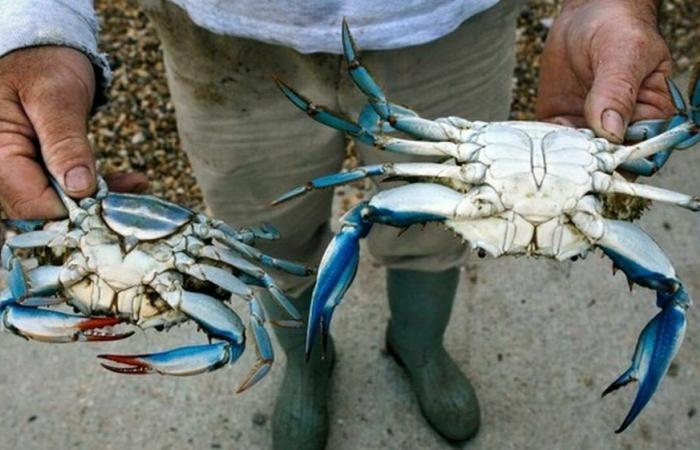The most famous is the blue crab, but not only. There are over 3,000 alien species that threaten Italian ecosystems, with an estimated cost to the national economy exceeding one billion euros. An alarming fact that makes action to combat the invasion of these species and the effects of climate change on transition environments, such as lagoons and coastal areas, even more urgent. This is the data that emerges from the national workshop organized by the University of Ferrara today entitled “Biodiversity, alien species and climate change in transition environments”.
The objective of the event organized by the Ferrara Tecnopolo, the Terra & Acqua Tech Laboratory and the LaguNet Scientific Society, was to bring together researchers and stakeholders operating in the sectors of ecology, biology and economics of transitional aquatic systems, to take stock of the latest scientific knowledge and identify effective management strategies for the protection of these fragile environments. “Lagoons – explained Professor Cristina Munari of the Department of Chemical, Pharmaceutical and Agricultural Sciences of Unife and member of the LaguNet Steering Committee – are complex systems that provide important ecosystem services, coastal protection, habitat and food for migratory and resident animals . They host priority habitats pursuant to the European Directive 92/43/EEC (Habitats). They are extremely productive environments, but subjected to strong pressure due to both human activities (tourism, fishing, aquaculture, urban development, etc.) and climate change. Added to this is the growing invasion of alien species, such as the blue crab, which represents one of the most glaring threats. The spread of these alien species is often favored by climate change.”
Specifically in the lagoons of the Po Delta, the presence of alien species is very high. For example, over 90% of the macroalgal biomass present is made up of alien species, which are more competitive in these environments than native macroalgae. The alien Gracilariae, red algae now predominant in the Adriatic lagoons, with their pigments are able to carry out photosynthesis almost in the dark, and the generally turbid waters inside the lagoons are an ideal environment for them which gives them an advantage over the native flora. Alien invertebrate species are equally abundant, constituting over 30% of the lagoon diversity. The research activity conducted in Ferrara has also recently allowed the identification of 4 species of alien invertebrates, 2 polychaete annelids and 2 crustaceans, which have never been reported in the Mediterranean until now. Finally, the threat posed by the blue crab appears to no longer be the only one: new species of swimming crabs of considerable size have made their appearance in the waters of the northern Adriatic. They are the Portunus signs and the crucifix crab Charybdis feriata: a further danger for farmers and fishermen, because they are extremely voracious, large in size and capable of considerable movements thanks to their ability to swim. “The invasion rate is growing, also thanks to climate change, and we expect to see other organisms appear – concludes Munari -. Understanding the factors that influence their invasion, and studying their ecology and biology in new habitats, is essential to control their expansion and, where possible, transform this threat into an economic opportunity.” The invasion of alien species has a significant impact not only on the environment, but also on the economy.
According to Professor Michele Mistri of the Department of Chemical, Pharmaceutical and Agricultural Sciences of Unife and member of the Scientific Committee of the Terra&AquaTech Tecnopolo of Ferrara, “the economic costs caused by alien species in Italy are higher than one billion euros, as they range from the management, to the loss of production, even to damage to infrastructure.” “Italy, due to its crossroads position in the center of the Mediterranean, is one of the most invaded countries in Europe with over 3,000 estimated alien species”, adds Prof. Mistri “From the Asian bedbug to the Xylella bacterium, from the root-knot wasp which has massacred the chestnut trees, to the red weevil which has decimated the palm trees, there are more and more aliens who have a very notable impact on the leading economic sectors of the lagoon, the tune does not change: from the blue crab which currently devastates the farms of clams, to the sea walnut (hard water, as the fishermen call it) which has reduced the recruitment of clams in natural nurseries, up to the Musculista, which until a few years ago covered the bottoms of the lagoons with its felts, preventing the clams from to breathe. Invasion rates are not slowing and the associated economic impacts are therefore expected to grow.”
© ALL RIGHTS RESERVED
Read the full article on
The messenger



